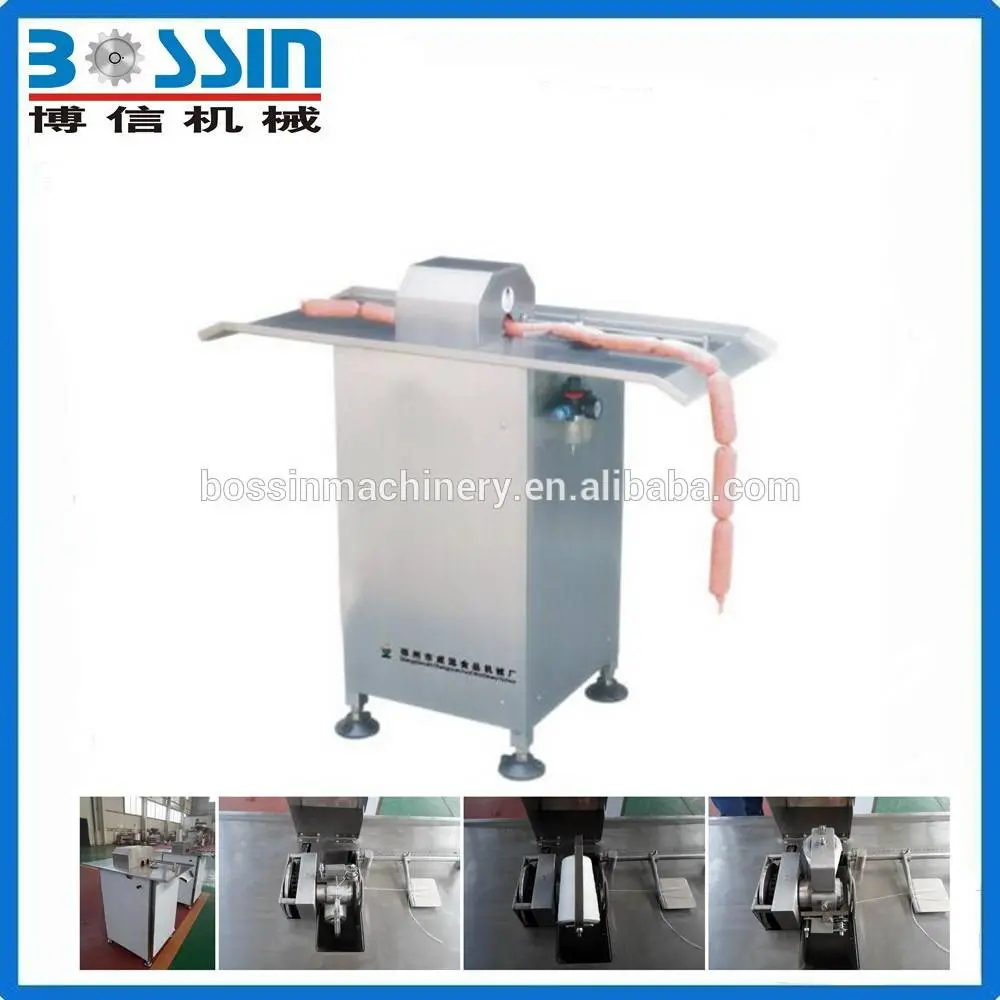
Aug . 16, 2024 15:31 Back to list
Meat Mincer Component Manufacturing Facility and Production Systems
The Essential Components of a Meat Mincer A Look Inside the Factory
In the world of culinary excellence, the meat mincer stands out as an indispensable tool, transforming whole cuts of meat into exquisite ground mixtures that serve as the foundation for countless dishes. Behind this essential kitchen appliance lies a fascinating array of components, each crucial to its function. The meat mincer parts factory plays a vital role in the production of these elements, ensuring that chefs and home cooks can consistently achieve the desired texture and flavor in their ground meat preparations.
Understanding the Meat Mincer
A meat mincer, also known as a meat grinder, is designed to process meat by chopping it into smaller pieces. This not only makes it easier to incorporate into recipes but also allows for a more even cook and enhanced flavor distribution. The basic operation of a meat mincer involves feeding whole cuts of meat into the machine, where a rotating blade and a series of perforated plates work to grind the meat to the desired consistency.
Core Components of a Meat Mincer
The factory that produces meat mincer parts is equipped with advanced machinery to manufacture these essential components
1. Feeding Tray The feeding tray holds the meat before it enters the grinding mechanism. It is designed to facilitate a smooth transition of meat into the grinder while preventing any overfeeding.
2. Meat Pusher This tool ensures that the meat is moved towards the blade efficiently. It often comes with safety features to prevent fingers from getting too close to the moving parts.
3. Blades The heart of the mincer is the blade, which cuts the meat into smaller pieces. High-quality steel is used to manufacture blades that are sharp, durable, and resistant to wear. Blades can be designed for different grinding styles, from coarse to fine, catering to various culinary needs.
meat mincer parts factory

4. Grinding Plates These circular plates come with different hole sizes, impacting the consistency of the ground meat. Factories produce plates in various diameters to ensure versatility in grinding options.
5. Housings The exterior housing of the meat mincer provides protection and stability. It is designed to withstand the mechanical stress of grinding while being easy to clean and maintain.
6. Motor An electric motor powers the mincer, with varying horsepower depending on the intended use. Industrial-grade mincers often utilize powerful motors to handle large volumes of meat efficiently.
The Manufacturing Process
Inside the factory, the production of meat mincer parts involves several precision-focused processes. Metals like stainless steel are cut, shaped, and treated to enhance their durability and resistance to corrosion. Advanced machining techniques ensure precise dimensions, especially for blades and plates, which require exact specifications for optimal performance. Quality control measures are implemented throughout the manufacturing process to guarantee that each component meets stringent industry standards.
The Importance of Quality Parts
In the culinary world, the quality of ingredients is paramount, and the same applies to equipment. A meat mincer with high-quality parts not only performs better but also ensures food safety and longevity of the appliance. Chefs and home cooks alike rely on the reliability of these machines, making the role of the meat mincer parts factory crucial in the supply chain.
Conclusion
As we delve into the intricacies of a meat mincer and its components, it becomes clear that the factory producing these parts plays a significant role in the food industry. By focusing on quality and innovation, these factories ensure that every meat mincer delivers exceptional performance, enabling culinary enthusiasts to create delicious ground meat dishes with ease. In the end, a well-functioning meat mincer is not just a tool; it is a gateway to culinary creativity and excellence.
Latest news
-
[Product Name]-[Company Name]|[Core Function 1]&[Core Function 2]
NewsJul.13,2025
-
SmartFlow 3000 Series-Industrial Automation Solutions|AI Analytics&Energy Efficiency
NewsJul.13,2025
-
NextGen Equipment Series-IndustrialTech Solutions|Smart Automation&Real-Time Analytics
NewsJul.12,2025
-
Smart Irrigation System - Example Corp | Water Conservation, AI-Driven Efficiency
NewsJul.12,2025
-
Chicken breast meat slicer
NewsMar.07,2025
-
Meat Bowl cutter for LAB
NewsMar.07,2025